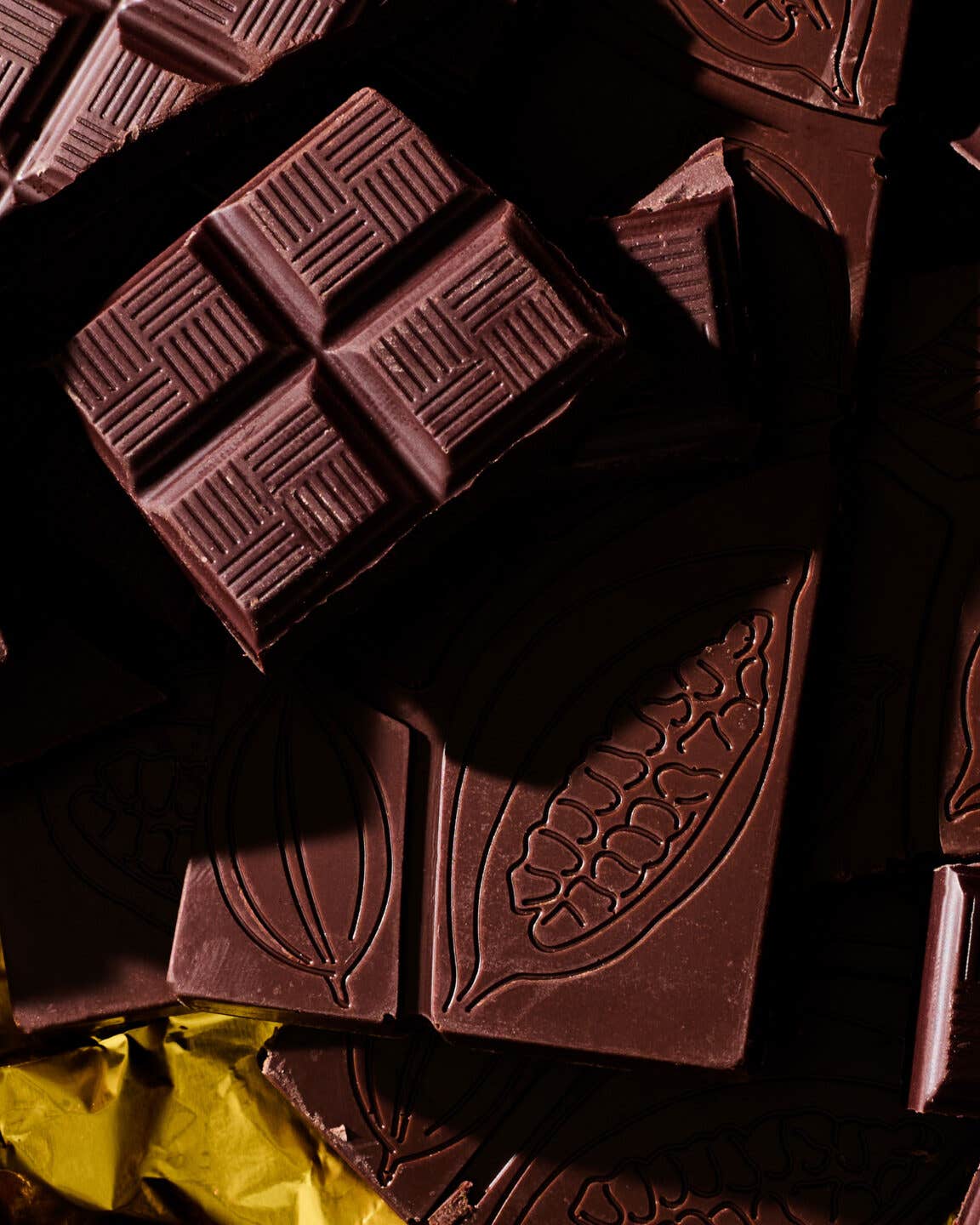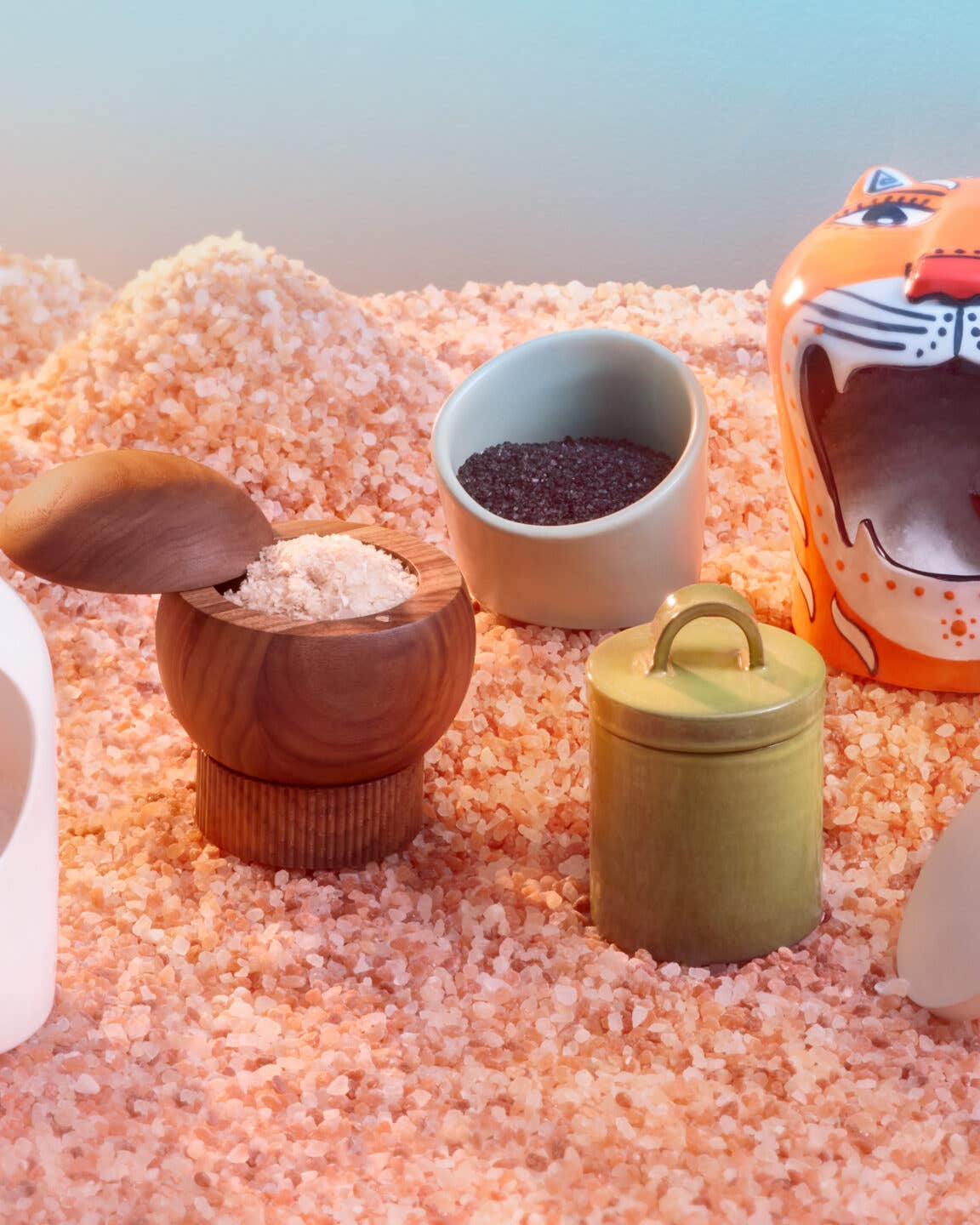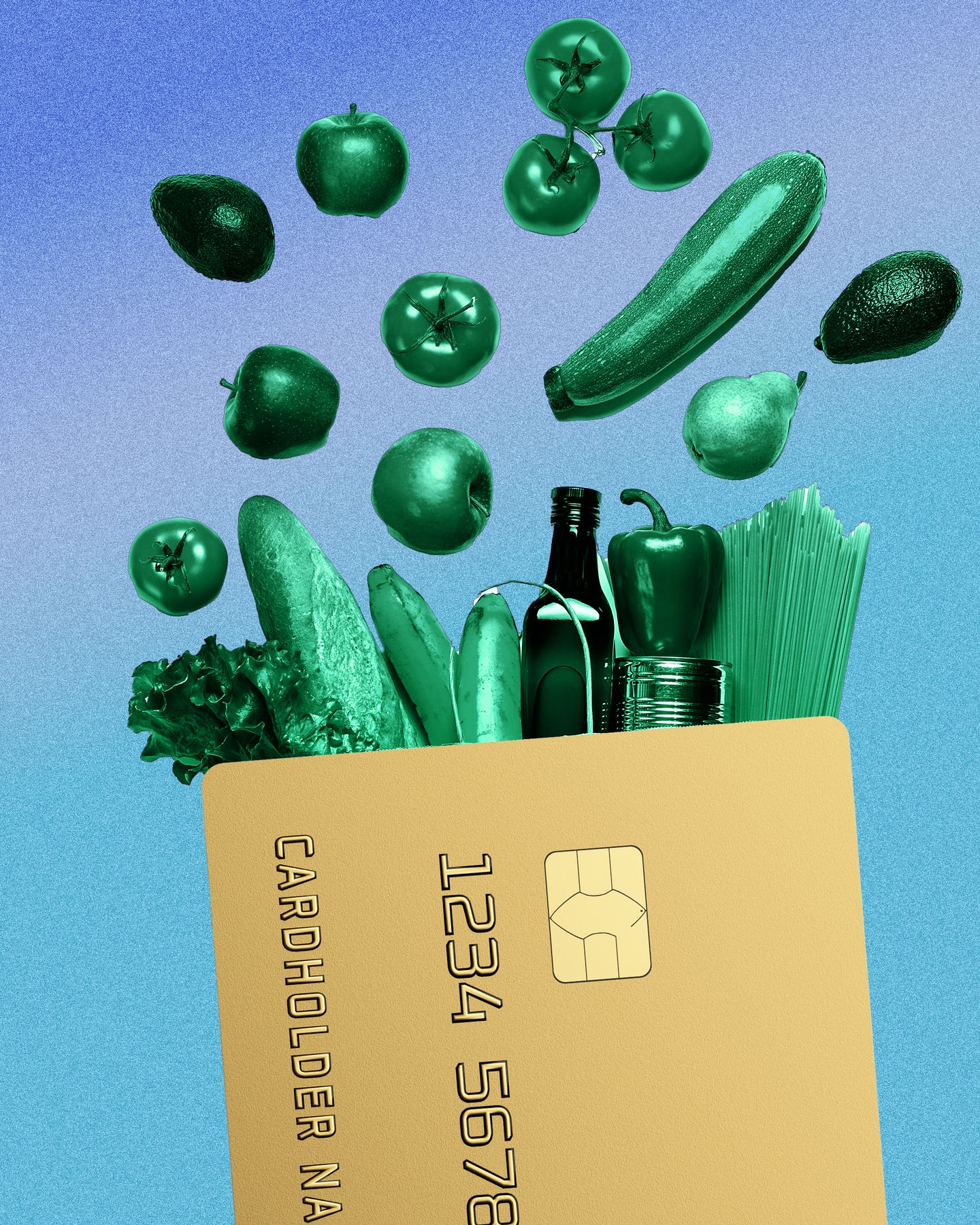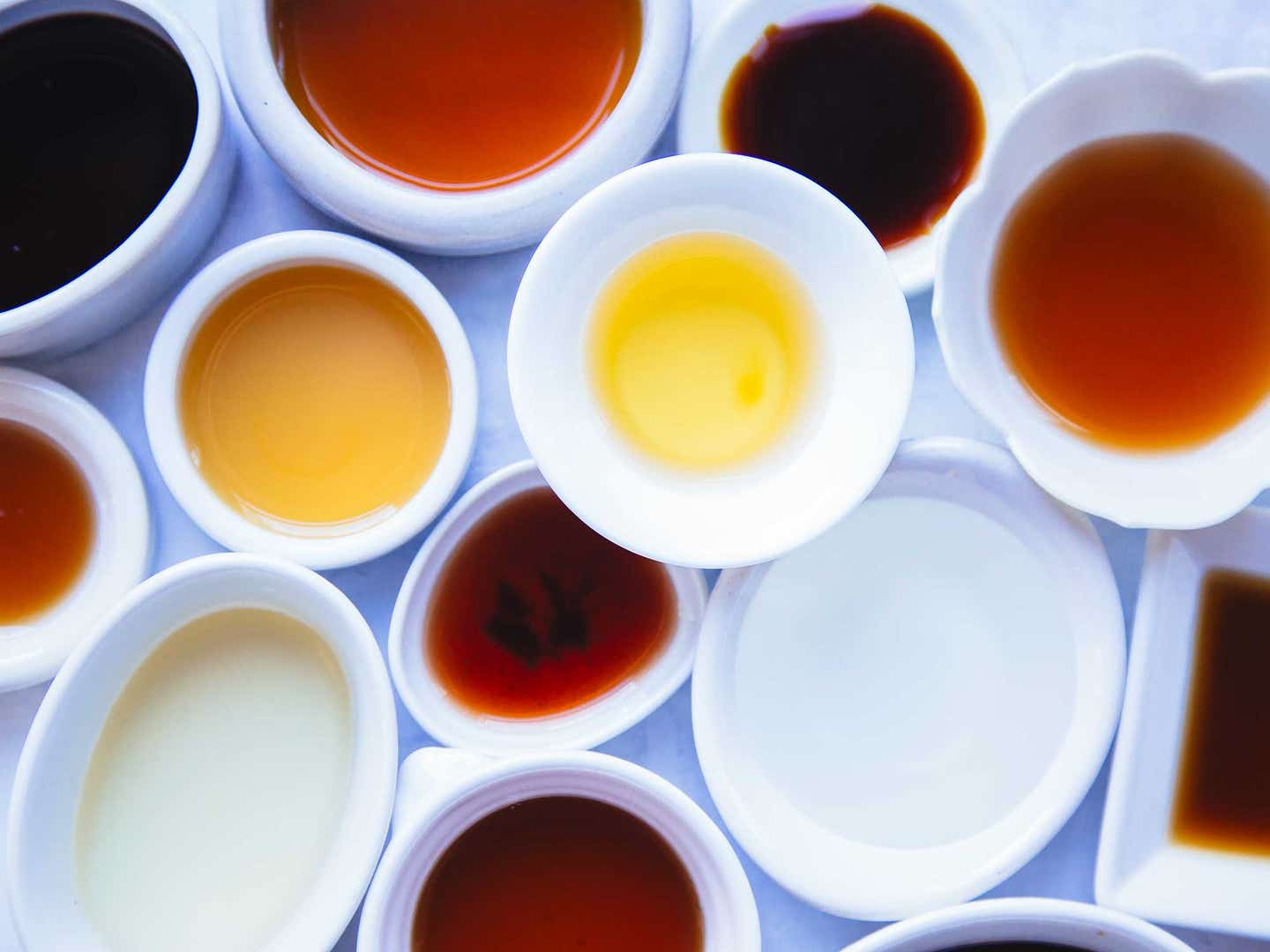
The Essential (and Not-so-Essential) Vinegar Every Kitchen Needs
From balsamic to Chinkiang, the complete guide to the sour stuff
There once was a time when I would go to great lengths to avoid anything that tasted remotely of vinegar. At a finicky six years of age, I once lied to a friend’s mom about being “allergic to pickles” so that I didn’t have to subject myself to the torment of a McDonald’s hamburger with the works. (I got in big trouble for that one.)
But today the score has changed; vinegar is a crucial ingredient in many of my favorites dishes, from spicy-and-sour Filipino chicken adobo and Yucatán-style cochinita pibil to the sweet and vibrant Italian agrodolce. I've also been known to knock back a cocktail or two made with a fizzy fermented berry shrub. The sourness is bracing, and just like adding fresh citrus to a dish, cooking with vinegar allows expansive new flavors to open up, mingling with sweet and savory elements to stimulate the palate.
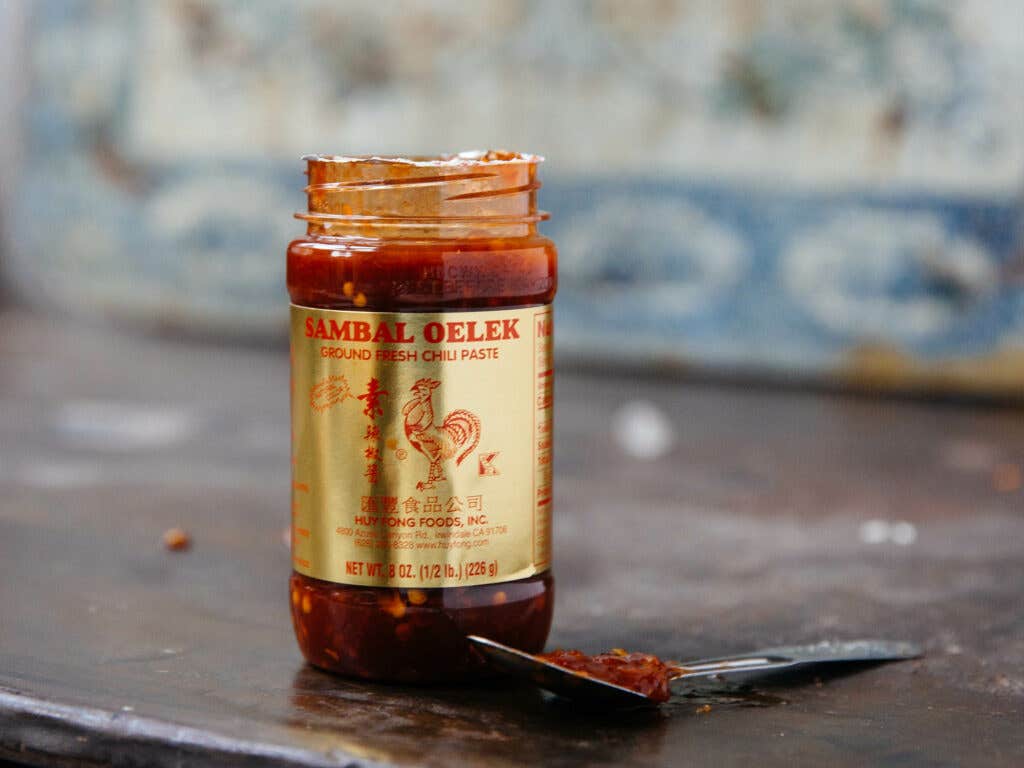
Vinegar is implemented in culinary traditions all over the world, and there’s practically a unique variety for every single one. The first five listed here are great multipurpose staples to always have on hand to help cover most of your bases, while the second five will ensure you have a wealth of acidic flavor options the next time you need a zippy vinegar kick.
The Essentials
Apple Cider Vinegar
Perhaps the most widely talked-about in the vinegar world lately, cider vinegar is lauded endlessly it seems for its unique health benefits and versatile sweet-sour flavor. That aside, it is a great mainstay for any cooking application. Slightly sweet from the fermented apple juice, apple cider vinegar makes a great quick pickling liquid, and is a great addition to autumn cider braises, where the vinegar kick helps tone down the sweetness of roasted vegetables. Bragg's is organic, raw, unfiltered, and has the best flavor among widely available brands.
Balsamic Vinegar
Another big key player, Italian balsamic vinegar is made in either Reggio Emilia or Modena, Italy, from a reduction of cooked grape must (the pressings of juice that includes the skins, seeds, and stems), and can be aged for any number of years, but traditionally at least 12. The longer it's aged, the more deeply rich and thick the vinegar becomes. The Gran Deposito Riccardo from Guiseppe Giusti in Modena strikes a great balance on age and quality, resulting in a superb 12-year-aged balsamic vinegar that's still suitable for everyday use. But I still wouldn't fault you for drizzling a little directly onto some strawberry gelato.
Rice Vinegar (or Rice Wine Vinegar)
A staple throughout Asia, rice vinegar is extremely versatile across all cuisines. Light and sweet and clear, it's made from rice wine, which, like Japanese sake, is made from short-grained glutinous rice, fermented into alcohol. It's great for light and vibrant salad dressings, like in this Vietnamese bun cha, and even makes a great addition to a fruit salad, where it nicely complements sweet-tart berries, apples, and stonefruit. Marukan's organic rice vinegar ages for a month to allow the flavors to mellow, and look for the "unseasoned" variety; it doesn't contain any additional salt, which makes it great for any application.
Sherry Vinegar
From the province of Cadíz in southern Spain, sherry vinegar (or vinagre de Jerez) is made from, you guessed it, sherry. To be called such it must be aged at least six months in wood barrels somewhere within the Spanish "sherry triangle," and have at least 7% acidity, which makes it one of the more acidic vinegars available. Its flavor is nutty and woodsy, and evocative of the sherry from which it was made, and it adds a heady aroma and satisfying pucker to everything it touches. Use it instead of red wine vinegar in a dressing on a salad or sandwich for extra depth of flavor, or stir it into a bowl of salmorejo, a chilled Spanish tomato soup. Cepa Vieja hits all the right notes, and is aged for 40 years, but since it's so potent, it'll last you longer than you think.
Distilled White Vinegar
It's not the most glamorous of the crew, but distilled white vinegar is a pickling powerhouse. Made from fermented grain alcohol (yum), distilled vinegar is flavorless and unappetizing on its own, but it adds an important neutral acidity to dishes like Yucatán-style pulled pork and Fijian ceviche. It's also a great starter base for literally any kind of pickle. Its household uses are indefinitely varied as well, so it's always good to have a bottle on hand. Heinz is everywhere, but Spectrum is certified organic.
The Next Level
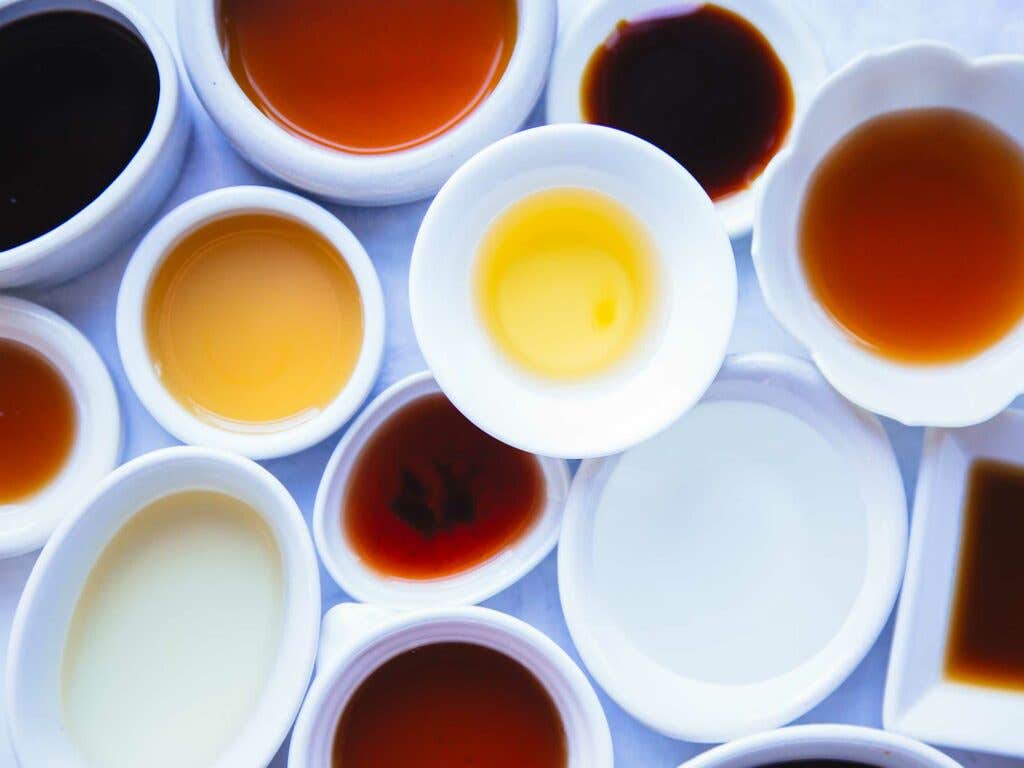
Chinkiang Vinegar
Traditionally from southern China, Chinkiang (or Zhenjiang, named after the city of its origin) vinegar is a dark substance made from fermented glutinous rice, and is less acidic than most western vinegars. It's malty and earthy and deeply complex, the perfect accompaniment to most Chinese dishes. Try it splashed atop any noodle dish for some extra oomph, or replace another vinegar in a salad dressing for a dark, umami twist. Use it straight instead of soy sauce for dipping scallion pancakes and you'll never look back. Gold Plum brand is readily available online, and has no coloring added, but Koon Chun is good too, and somewhat easier to find.
Malt Vinegar
Beloved condiment of Brits, Canadian, and Maryland boardwalk-dwellers alike, malt vinegar is the slightly sour, dark and toasty byproduct of over-fermenting malted beer. A few shakes are satisfyingly sharp over fish and chips, but it makes a great addition to beef or chicken marinades and pan sauces where it can accent the caramel-y notes of a good, hot sear. Reduce it to a glaze to brush on meats or potatoes or swap it in for a lighter vinegar in a dressing recipe over some roasted winter vegetables. There isn't a huge diversity of malt vinegars on the mass market, but Sarson's is the classic British pub brand, and tastes exactly like a malt vinegar should.
Umeboshi Plum Vinegar
Ubiquitous throughout Japan, umeboshi are salt-pickled plums, though the variety of plum itself is closer in taste and appearance to an apricot. Salty, tangy, and with only the slightest hint of sweetness, umeboshi vinegar isn't technically a vinegar, but a brine. As the plums are weighed down during fermentation, the extracted juices are bottled up and used as a condiment, making it more akin to fish sauce, but with sweet-tangy plums instead of anchovies. Because of the plums, it does have a rich acidity, so it can be used anywhere you might use a mild vinegar, but be sure to adjust your other seasonings for the extra saltiness. Traditionally, purple shiso leaves are thrown into the pickling mix for a vibrant pink color, but some brands today use artificial dyes. Eden Foods sticks to the old-fashioned way, and keeps it free of chemicals and additives.
Verjus du Périgord
I confess, this one is another trick. While acidic enough to join the ranks, verjus is also not technically a vinegar. From the French vert jus, it's the "green juice" that Gallic grape growers have been using since before it was cool, which is to say, since the Middle Ages. It's made from the juices of pressing sour, un-ripe wine grapes, and before lemons came into the picture it was the only means of adding pucker to a dish. In the last few centuries it's fallen out of style, but it's making a comeback among certain wine producers for its gentle acidity and uncompromised vinous flavors. It can straddle both worlds, being used like a light vinegar or lemon juice in dressings, but also like a wine for deglazing pans, or adding a subtle tartness to cocktails. Domaine du Siorac verjus du Périgord is made in the old style, from grapes grown near Bergerac in what was once the Périgord region of france (now the département of Dordogne), and features a bright floral flavor akin to the domaine's wines.
Cane Vinegar
Made pretty much anywhere sugarcane grows, cane vinegar is the acid of choice in many tropical countries, particularly the Philippines, where it's known as sukang iloko. Just because it's made from sugarcane juice doesn't mean it's super sweet; the residual sugar at the end of the fermenting process is about the same as other vinegars, so it's the acidity that shines through. While vinegar is crucial to many Filipino dishes (see also nipa palm vinegar and coconut vinegar), the malty brown fermented cane vinegar has a milder flavor than distilled vinegars and with a bright, fresh aftertaste. It's excellent for pickles and Indian chutneys, as well as marinating meats. Datu Puti is a reliable Filipino brand but can be difficult to find, and Steen's in Louisiana makes a very fine American cane vinegar aged in oak barrels to accentuate its mellow, earthy notes.
Keep Reading
Continue to Next Story




